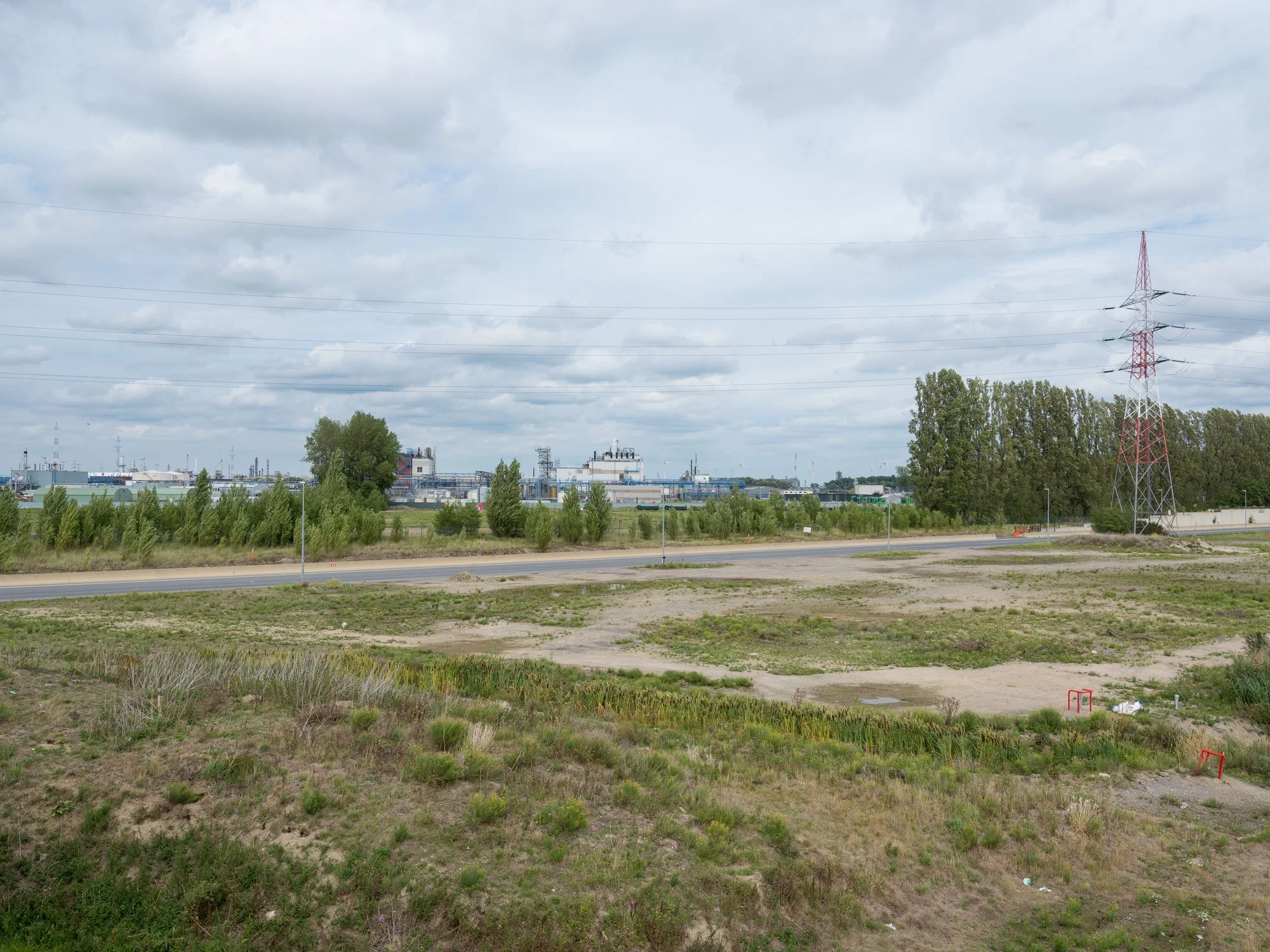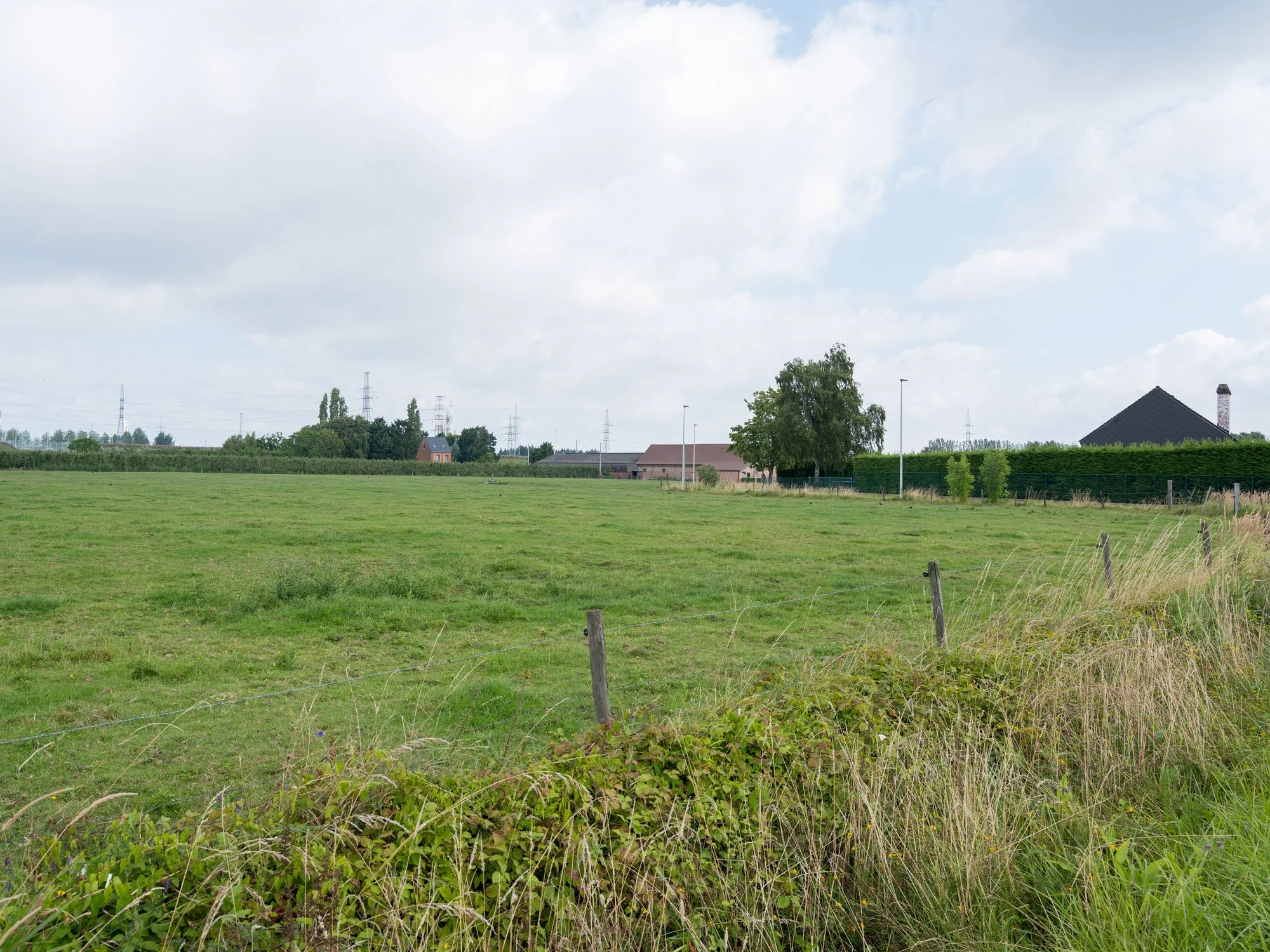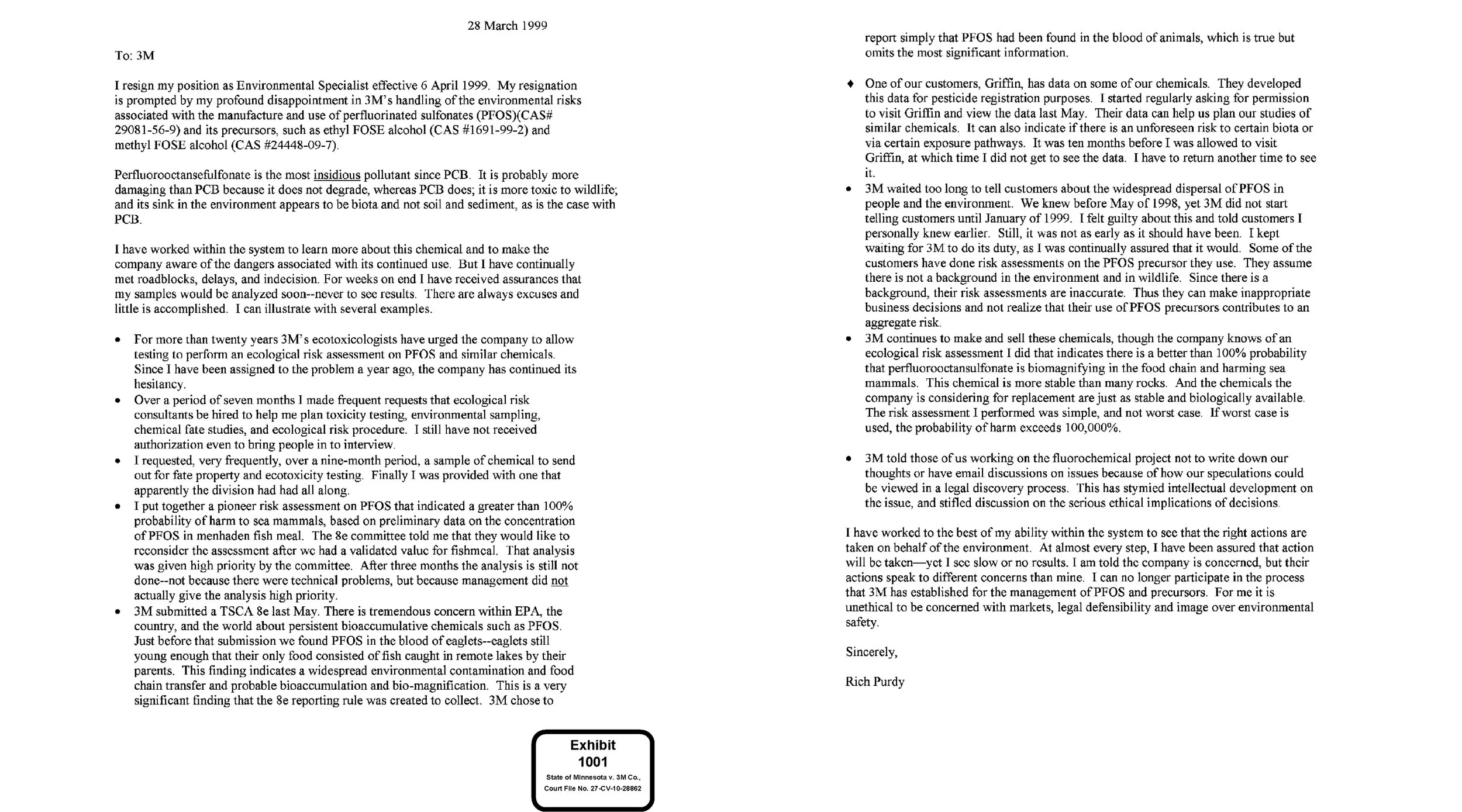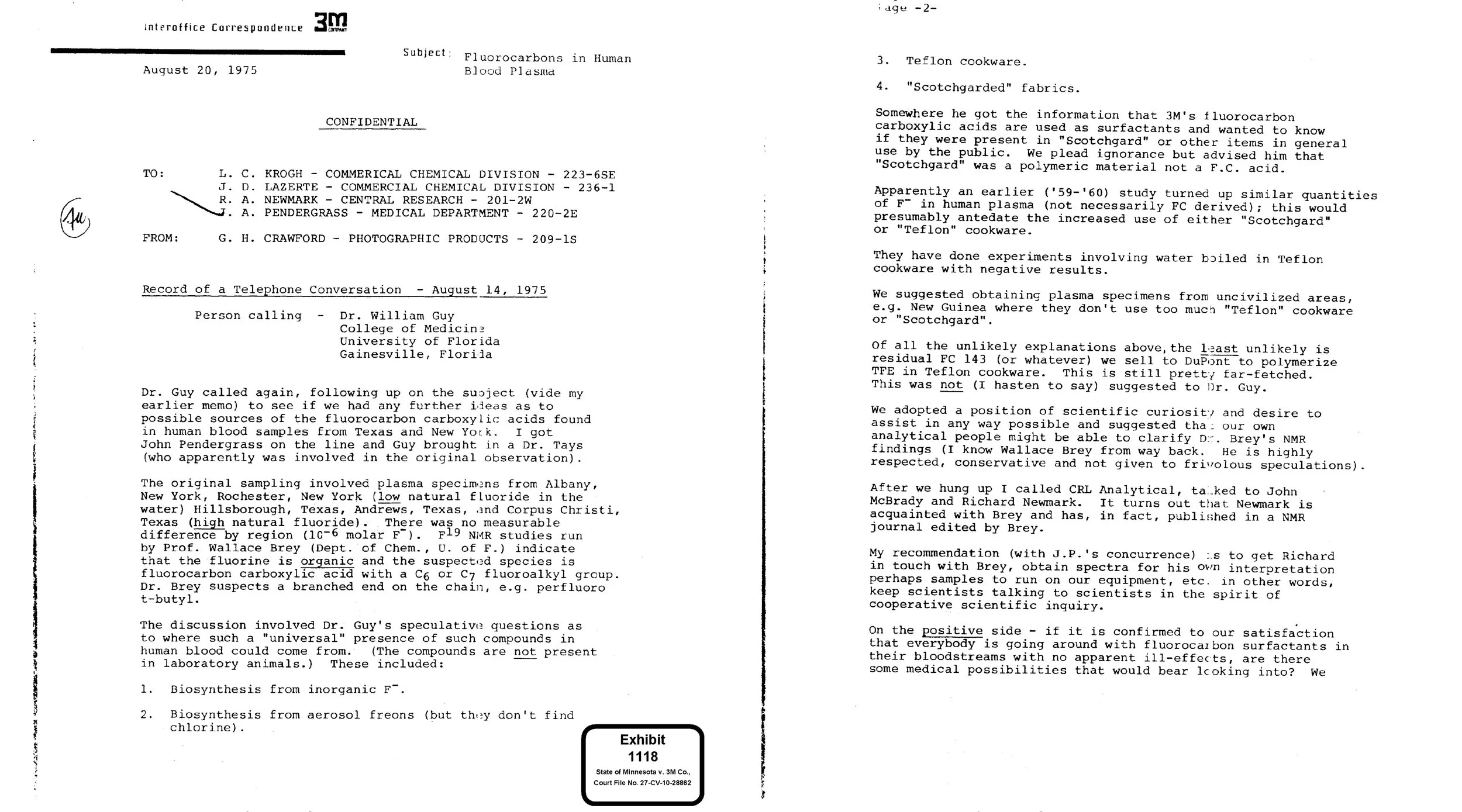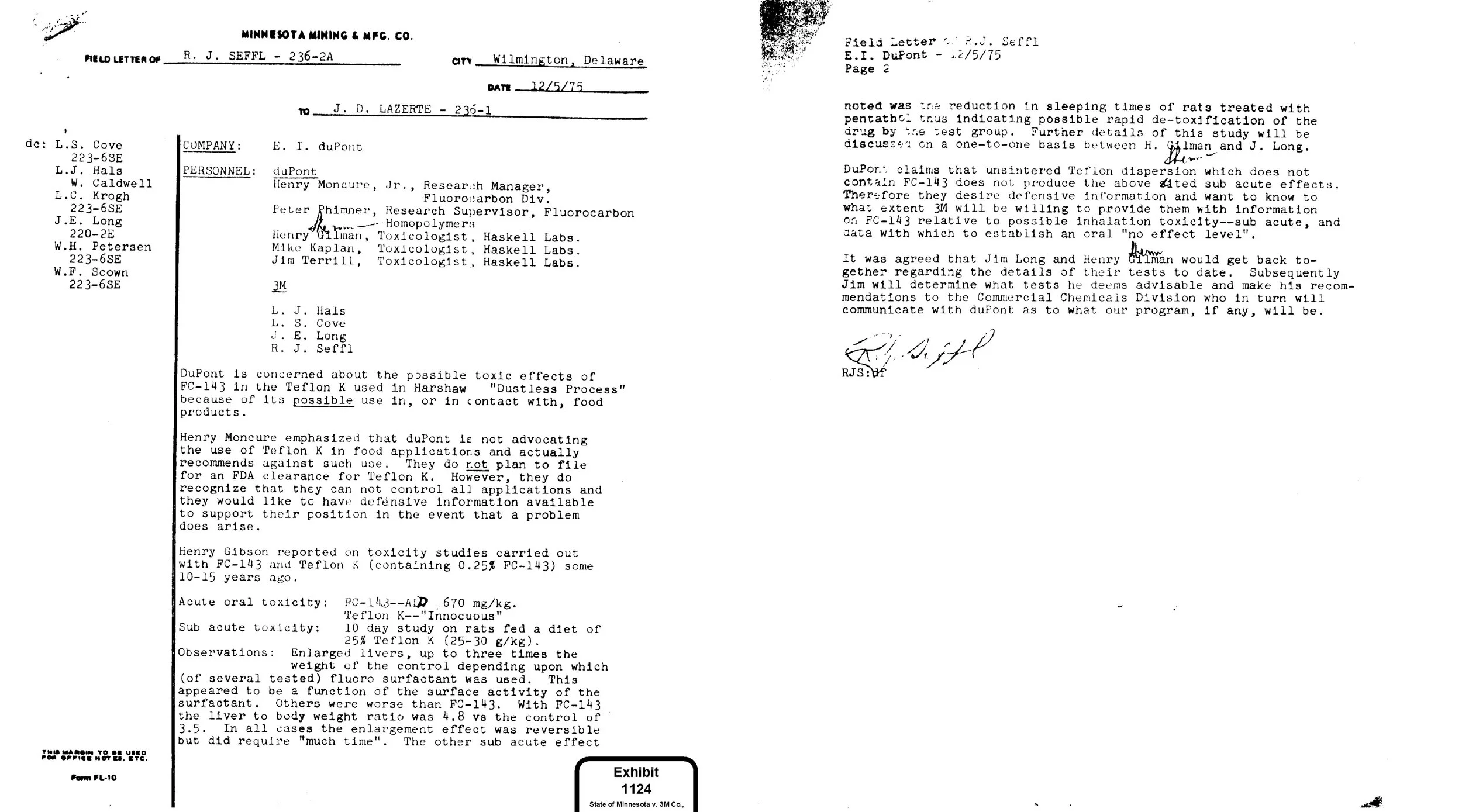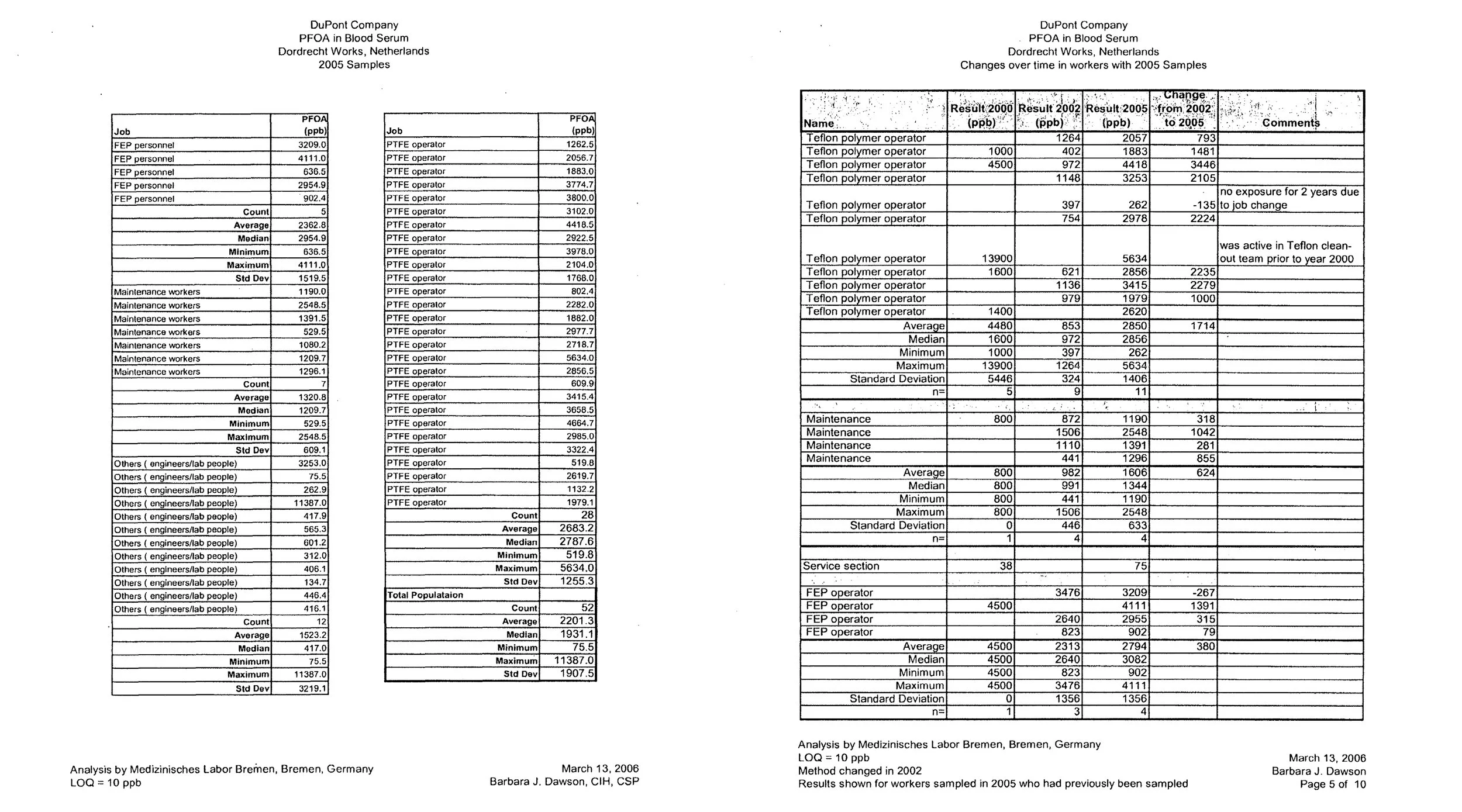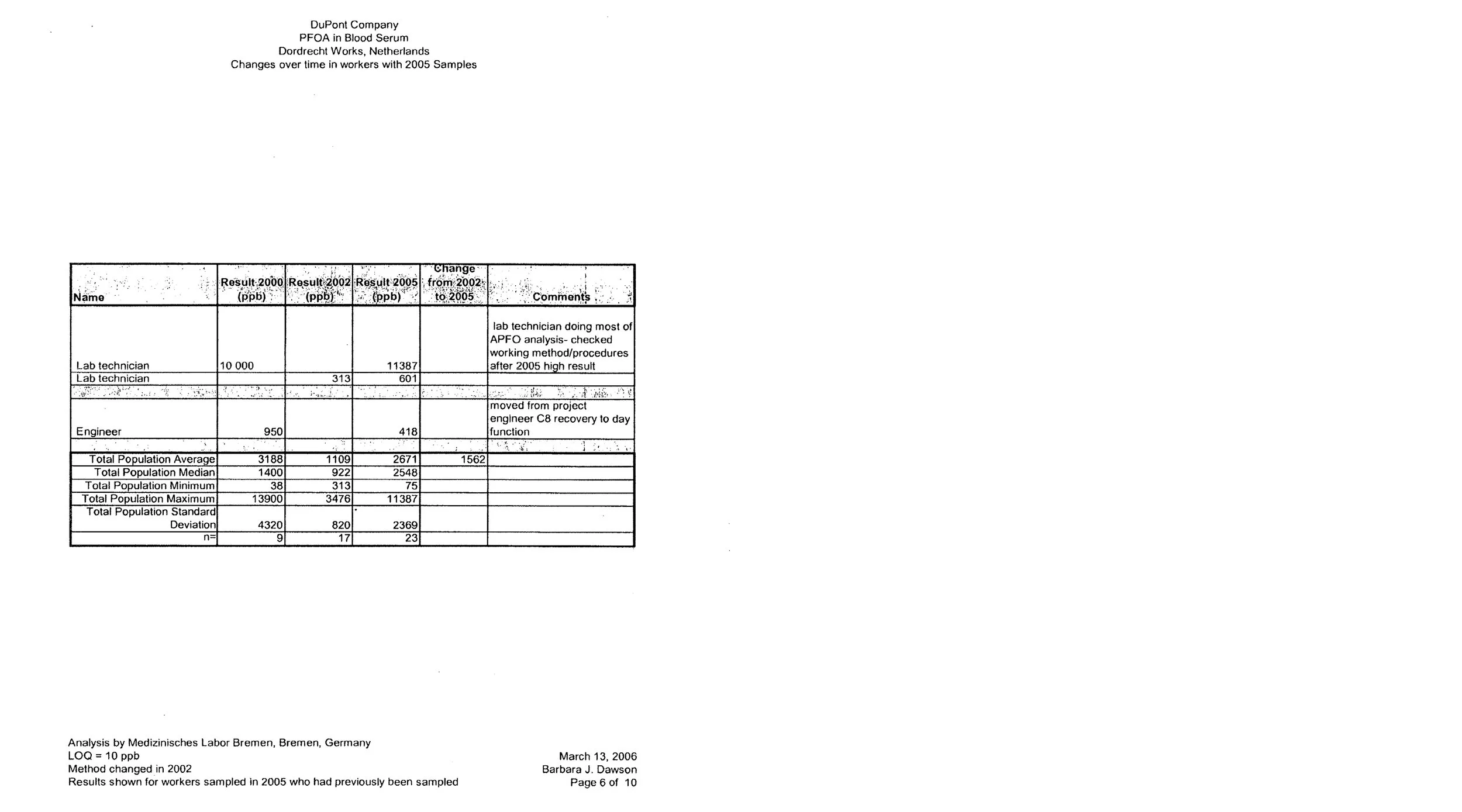3M/DuPont: A Criminal Legacy - 3M/DuPont: Een Criminele Erfenis — WORK IN PROGRESS
English: A photographic investigation of the multinational corporations; 3M and Dupont (now Chemours) and their chemical legacy. Their chemical production facilities in Zwijndrecht, Belgium and Dordrecht, Netherlands have been a major source of PFAS contamination in Europe that will have also been a major contributor worldwide, with historical production of PFOS (perfluorooctanesulfonic acid) and releases into the environment. Known as "forever chemicals" due to their persistence in the environment and inability to naturally break down, that has lead to long-term exposure risks. This group of man-made chemicals have been found throughout the world. Contamination is of significant concern, with highly elevated levels detected in soil, water, and human blood, primarily around industrial production sites such as Dordrecht and Zwijndrecht.
PFAS (per- and polyfluoroalkyl substances), are a group of synthetic compounds known for their extreme persistence in the environment. Used for decades in industrial processes and consumer goods due to their resistance to heat, water, and oil, but long documented studies on PFAS have supported the fact that these corporations always knew it was going to be a global environmental concern.
Having employed similar tactics to the tobacco industry with the use of the “Kehoe Effect”; that required undermining regulation by manipulation and suggests that a substance is safe until proven harmful. Secret studies by both companies, who regularly shared their findings together, were held from the public and distributed through scientific literature benefitting the industries’ causes.
Their actions were kept from public view until the early 2000s and it was only after lawsuits in the United States began to be filed against DuPont and employee cases of whistleblowing at 3M, that historical evidence was provided to the Environmental Protection Agency. This was followed by statements that they would stop producing certain chemicals but have in fact simply invested in changing the chemical structures to new forms such as GenX, that are still persistent in the environment and pose health risks.
This photographic project aims to explore the landscape, legacy, and impact of these companies operations. Through visual documentation of the factory, adjacent communities, and affected environments, the work seeks to help visualise the often-unseen realities of chemical contamination.
By combining environmental research with photographic storytelling, the project raises critical questions about industrial responsibility, public health, and environmental justice. It aims to serve not only as an artistic investigation but also as a tool for awareness, giving visibility to an issue that continues to shape lives and ecosystems long after the chemicals were produced.
Nederlands: Een fotografisch onderzoek naar de multinationals 3M en Dupont (nu Chemours) en hun chemische nalatenschap. Hun chemische productiefaciliteiten in Zwijndrecht, België en Dordrecht, Nederland, zijn een belangrijke bron van PFAS-verontreiniging in Europa geweest, die ook wereldwijd een belangrijke bijdrage zal hebben geleverd, met historische productie van PFOS (perfluoroctaansulfonzuur) en lozingen in het milieu. Ze staan bekend als "eeuwige chemicaliën" vanwege hun persistentie in het milieu en hun onvermogen om op natuurlijke wijze af te breken, wat heeft geleid tot risico's bij blootstelling op lange termijn. Deze groep door de mens geproduceerde chemicaliën is over de hele wereld aangetroffen. De verontreiniging is een bron van grote zorg, met zeer hoge concentraties die zijn aangetroffen in bodem, water en menselijk bloed, voornamelijk rond industriële productielocaties zoals Dordrecht en Zwijndrecht.
PFAS (per- en polyfluoralkylstoffen) zijn een groep synthetische verbindingen die bekend staan om hun extreme persistentie in het milieu. PFAS worden al tientallen jaren gebruikt in industriële processen en consumptiegoederen vanwege hun hitte-, water- en oliebestendigheid, maar lang gedocumenteerde studies naar PFAS ondersteunen het feit dat deze bedrijven altijd al wisten dat het een wereldwijd milieuprobleem zou worden.
Ze gebruikten vergelijkbare tactieken als de tabaksindustrie met behulp van het "Kehoe-effect"; dit vereiste het ondermijnen van regelgeving door middel van manipulatie en suggereert dat een stof veilig is totdat de schadelijkheid ervan bewezen is. Geheime studies van beide bedrijven, die hun bevindingen regelmatig samen deelden, werden voor het publiek verborgen gehouden en verspreid via wetenschappelijke literatuur ten gunste van de belangen van de industrie.
Hun acties werden tot begin jaren 2000 verborgen gehouden voor het publiek en pas nadat er in de Verenigde Staten rechtszaken werden aangespannen tegen DuPont en werknemers die klokkenluiderspraktijken bij 3M hadden, werd historisch bewijsmateriaal verstrekt aan de Environmental Protection Agency. Dit werd gevolgd door verklaringen dat ze zouden stoppen met de productie van bepaalde chemicaliën, maar in feite simpelweg hadden geïnvesteerd in het veranderen van de chemische structuren naar nieuwe vormen zoals GenX, die nog steeds persistent zijn in het milieu en gezondheidsrisico's vormen.
Dit fotografische project beoogt het landschap, de nalatenschap en de impact van de activiteiten van deze bedrijven te verkennen. Door middel van visuele documentatie van de fabriek, aangrenzende gemeenschappen en de getroffen omgevingen probeert het werk de vaak onzichtbare realiteit van chemische verontreiniging te visualiseren.
Door milieuonderzoek te combineren met fotografisch verhalen vertellen, roept het project kritische vragen op over industriële verantwoordelijkheid, volksgezondheid en milieurechtvaardigheid. Het beoogt niet alleen te dienen als artistiek onderzoek, maar ook als instrument voor bewustwording, en zichtbaarheid te geven aan een probleem dat levens en ecosystemen blijft beïnvloeden, lang nadat de chemicaliën zijn geproduceerd.

